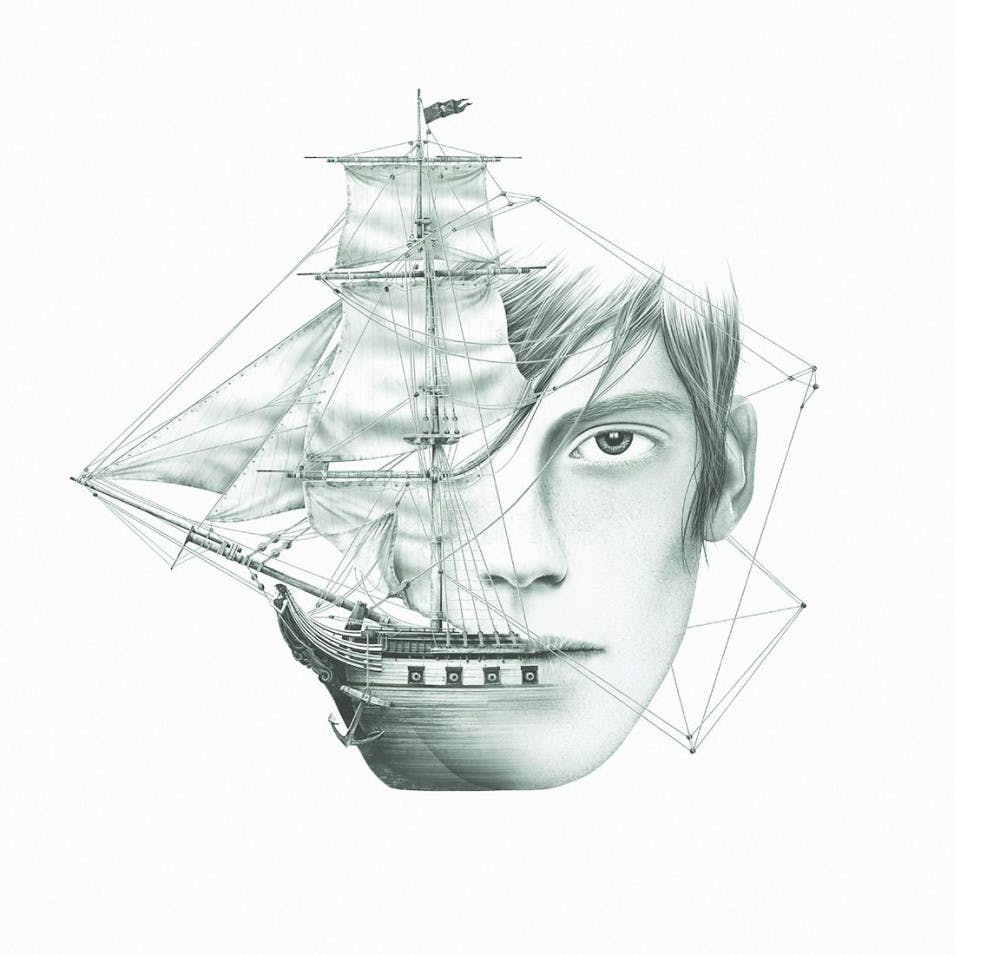As a person who has suffered from anxiety her whole life, I have always been frustrated by books that attempt to portray mental illness but end up romanticizing it instead, such as “13 Reasons Why” or “Winter Girls.” Neal Shusterman, however, takes a different approach to write about mental illness in his best-selling novel, “Challenger Deep.”
The book follows 15-year-old Caden Bosch, who seems to be in two places at once. In one chapter, for instance, he is at home or school with his family and friends; in the next, he is on a pirate ship heading towards Challenger Deep, the deepest part of the Marianas Trench.
There is a buildup at the start of the novel where Caden shows symptoms of his mental illness, ranging from thinking that a kid at school is going to kill him, to fearing that something bad will happen to his family if he is not in the house. He is also restless and starts taking long walks deep into the night to calm his mind. Caden also accuses his family of being spies and tells his friends that he knows exactly what they are thinking because he can read minds.
As this is happening, Caden tells the reader about the pirate ship and all of its characters, which include a pirate who seems to never plan ahead and creates chaos for the sake of looking like a hero, a parrot who sees and hears everything, a figurehead who can’t be free, a man who has been on the ship for years but chooses to still swab the deck and a map maker who can see things that no one else can. On the ship, everyone has a special cocktail, and if you’re not careful, your brain could fall right out of your ears and hide on the ship like a rat.
While going back and forth between these two narratives, it almost feels like you’re losing your mind alongside Caden. The chapters are random and short, so you never know which Caden you’ll get or for how long. The pirate segments didn’t make any sense to me until halfway through the book; at that point, Caden goes to a mental hospital and starts putting his life back together.
At first, the story seems scattered and hard to understand, much like Caden’s own mind. But as soon as Caden goes into the mental ward, the reader understands the thought process more. The pirate is revealed to represent his mental illness while the parrot represents his therapist, and the two incessantly war with one another both in the outside world and on the ship. Caden never knows who to believe or which side to take, which makes his journey to healing much more difficult. This fragmented storytelling is one of my favorite aspects of the novel, and is such a realistic portrayal of what it is like to have a mental illness and have the outside and inside worlds clash almost constantly.
Shusterman takes the reader through all the highs and lows of Caden’s recovery, much like how this treatment is in the real world. Caden is suffering, and the reader feels lost and confused along with him as his ship is going down. This book can be triggering for people who are sensitive to subjects such as mental illness and suicide; but if you can stomach it, then I think everyone should read this book to get a creative yet lifelike glimpse of what it is like to have to deal with a mental illness on a daily basis.














